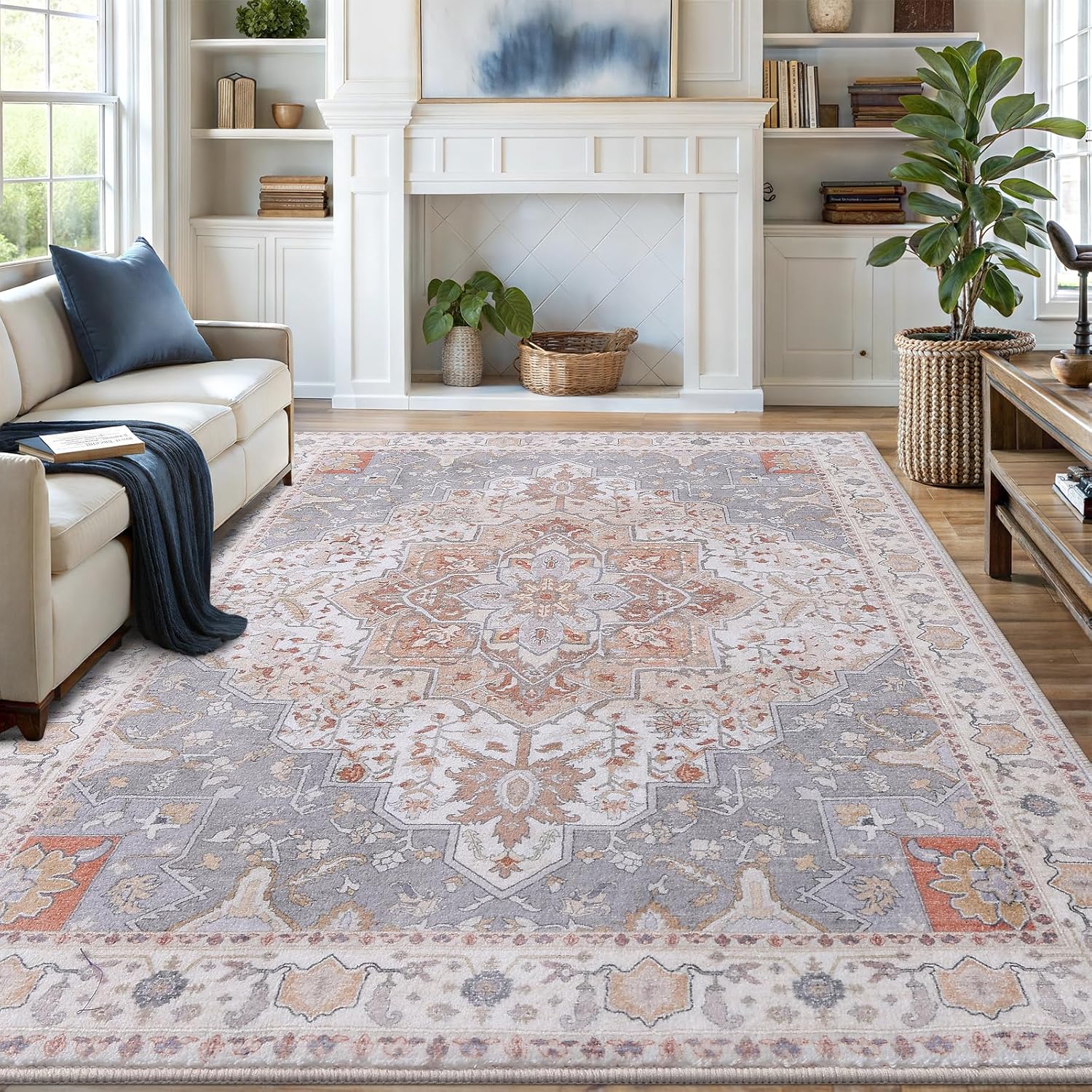Furniture placement can significantly affect floor wear by concentrating weight in specific areas, leading to uneven wear patterns and potential damage over time.
Your furniture arrangement affects more than just aesthetics – it directly impacts your floor’s longevity. Poor placement accelerates wear patterns, scratches, and structural damage. Understanding these effects helps protect your investment.

The Science Behind Floor Wear Patterns
Floors experience uneven pressure distribution based on furniture placement. Heavy items create concentrated stress points that lead to:
- Permanent indentations in carpet and vinyl
- Surface scratches on hardwood
- Tile grout deterioration
- Premature finish wear in high-traffic zones
Weight Distribution Matters
A 200-pound sofa exerts about 25 psi when resting on four small legs. The same weight spreads to just 2 psi when using a proper floor protector. This explains why heavy furniture leaves permanent marks.
| Furniture Type | Average Weight | Pressure Without Protectors (PSI) |
|---|---|---|
| Queen Bed | 150 lbs | 18-22 |
| Leather Sofa | 250 lbs | 30-35 |
| Grand Piano | 900 lbs | 110+ |

Strategic Placement to Minimize Damage
High-Traffic Zones
Keep major pathways clear of furniture legs. The constant foot traffic around poorly placed items creates “wear halos” – circular patterns of accelerated deterioration.
Sunlight Exposure
UV rays fade floor finishes. Position large furniture to shield vulnerable areas from direct sunlight, rotating pieces seasonally for even exposure.
Moisture Protection
Leave 1-2 inch gaps between furniture and walls to prevent moisture trapping. This is especially crucial for hardwood floor maintenance.
Protective Solutions for Different Floor Types
Hardwood Floors
- Use wide, non-slip felt pads (replace annually)
- Install rug pads under area rugs
- Consider glass-top protectors for heavy items
Tile Floors
- Use rubberized feet instead of felt
- Apply silicone bumpers to chair legs
- Choose non-staining rug backings
Carpeted Floors
- Rotate furniture quarterly
- Use plastic coasters under heavy legs
- Vacuum regularly with proper attachments
Special Considerations for Heavy Items
Grand pianos, aquariums, and weight equipment require extra precautions:
- Distribute weight with plywood platforms
- Install permanent floor protectors
- Consider reinforced subflooring
- Schedule professional inspections
According to flooring experts at NWFA, proper furniture placement can extend floor life by 5-7 years. The key is balancing aesthetic appeal with structural protection.
Seasonal Adjustment Tips
Humidity changes affect wood floors. Follow this seasonal guide:
- Winter: Move furniture inward to prevent edge drying
- Summer: Create airflow gaps between pieces
- Spring/Fall: Rotate area rugs and furniture positions
Implementing these strategies creates a beautiful space while preserving your floors. Regular inspections help catch early wear signs before they become major issues.

